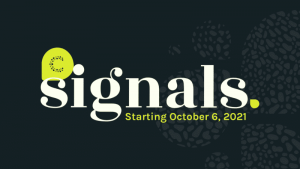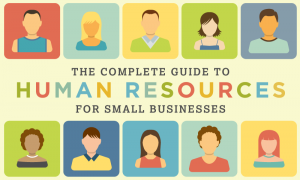Doing The Wrong Thing With The Right Data
Data, data, data. The ad industry is constantly talking about data. Big data, small data, personal data, any data. Data-driven strategies are not to be questioned. After all, how can you question data? Data is undeniable.
Well, it might be undeniable, but you can surely question our ability to accurately interpret the data and our approach to transforming data into effective campaigns.
Data in itself is information about the audience. But having information about an audience is not the same as knowing how and what to communicate to the audience, in order to influence their behavior. Sometimes, you can do the wrong thing with the right data.
Social psychologist Emile Bruneau details how accurate data can inspire an ineffective campaign, and also trigger the exact opposite behavior than intended.
His theory is that humans essentially have two minds, one that is rational and another that is irrational. The irrational mind is automatic, a set of survival reflexes that we inherit. It’s driven by ancient patterns of survival and regulates most of our behaviors. One of these reflexes is our tendency to follow social norms, what the majority considers accepted behavior. From an evolutionary standpoint, we’re conditioned to follow the group behavior to increase our chances of survival.
He shared an example of a stone forest, where tourists would visit and take a stone as souvenir. As the forest was gradually deteriorating, the forest administration attempted to solve the issue by putting up a data-driven sign that, in theory, made all the sense in the world. It went something along the lines of “Every year, thousands of tourists are picking up stones as souvenirs, thus destroying the habitat. Please refrain in order to preserve the forest for future generations.” Nothing truer. And yet nothing more counterproductive.
Instead of discouraging theft, the sign actually increased the number of people stealing stones. Why? Because the message, although data-driven, involuntarily portrayed stealing as the norm – and after all, we’re inclined to follow norms. In the end, a simple message that read “Please don’t take stones” proved to be far more efficient.
This makes one question all of the award-winning social campaigns that reinforce a negative norm in the name of a good cause. “Every year millions of people are throwing plastic bags into the ocean.” Rationally, anyone would agree that this is wrong. But at an irrational level, we register that everyone is doing it. Is this as counterproductive as the forest sign?
Social psychology provides several examples of how we’re conditioned by norms and other biases to behave in irrational ways. The classic towel test performed in hotel rooms seems to confirm the theory. Using signs with positive norms like “The majority of guests reuse their towels” proved far more efficient than traditional messages focused solely on environmental protection, because it reinforced a positive norm. The behavior seems to hold true across the spectrum.
More than collecting data, it’s important to understand how the mind works and what drives our behavior; we need to use this knowledge to create human connection. In its simplest form, advertising boils down to people communicating with other people in the name of brands. Data is important, a scientific approach is informative but, ultimately, emotional connection truly ties the knot.
Peter Seligmann, a leading environmental expert, said that conservation is first and foremost a communication problem. Scientists are right in their theories and warnings, but they communicate in a very academic way (“mitigating climate change”) that doesn’t connect to our day-to-day lives and doesn’t resonate with a broader audience. In the end, even scientists need some emotion to be effective.
(57)







